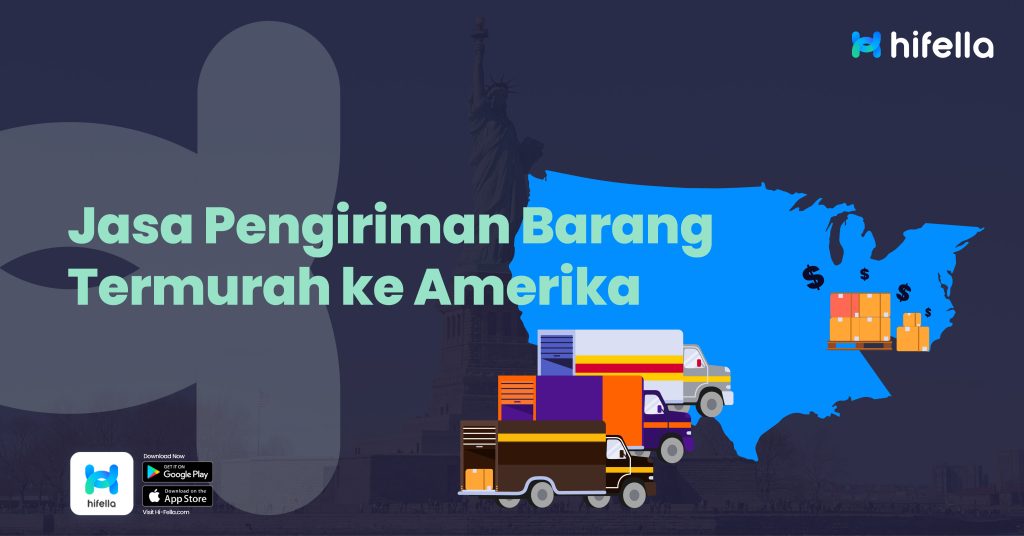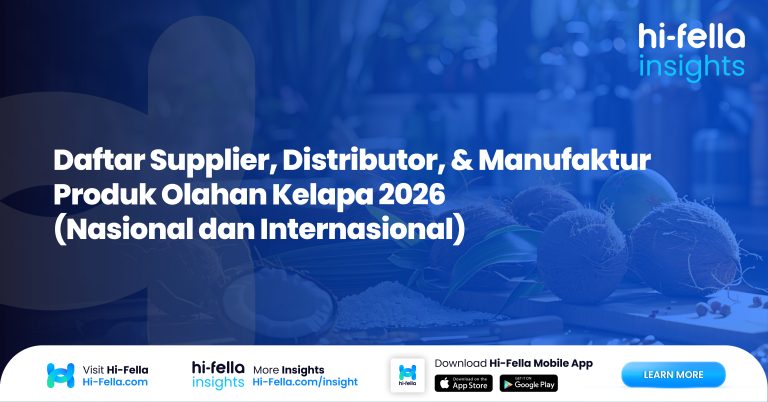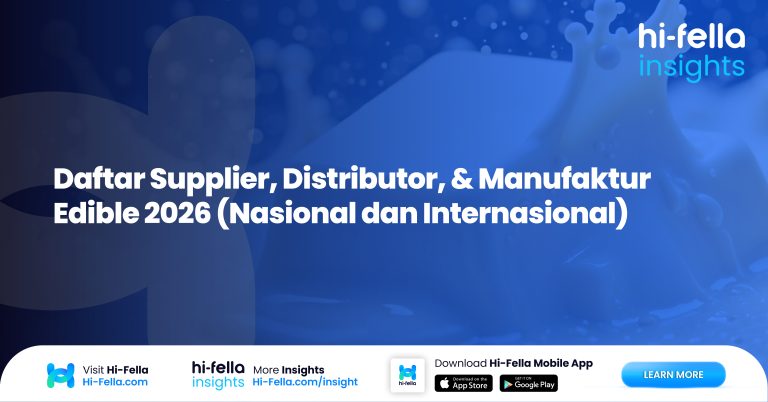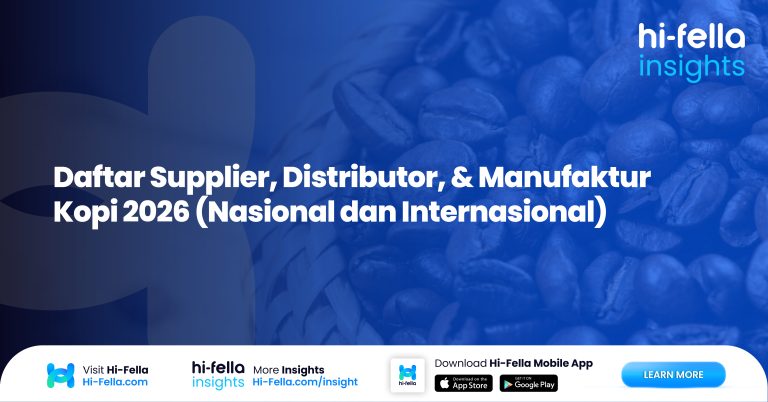Table of Contents
Dalam era globalisasi ini, pengiriman paket lintas negara telah menjadi kebutuhan untuk beberapa individu maupun pelaku bisnis.
Pertanyaan “Kirim paket ke Amerika pakai apa yang murah?” sudah menjadi pertanyaan umum oleh masyarakat Indonesia karena pengiriman ke luar negeri seringkali dianggap sangat mahal.
Oleh karena itu, dalam artikel ini kami akan memberikan informasi mengenai apa saja opsi pengiriman paket ke Amerika yang lebih ekonomis, termasuk cara membandingkan biaya pengiriman dan juga berbagai tips untuk menghemat biaya pengirimannya. Yuk, simak selengkapnya!
Kirim Paket ke Amerika Pakai Apa yang Murah?
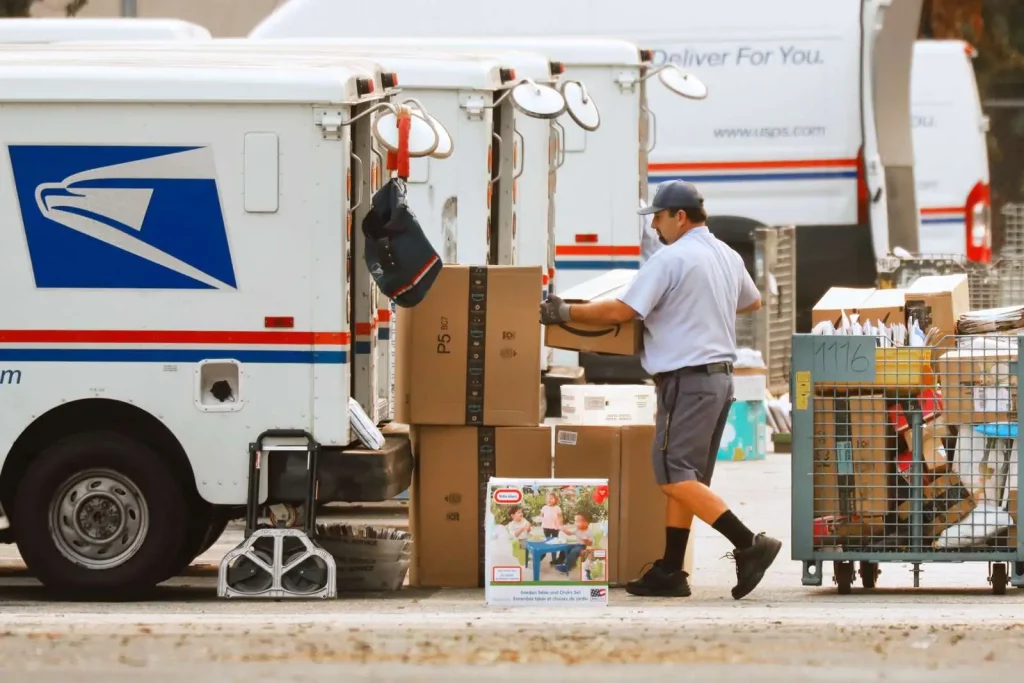
Sumber: Money
Ketika mencari layanan pengiriman barang dengan tarif terjangkau ke Amerika, beberapa nama besar dalam industri pengiriman sering menjadi pilihan utama, seperti:
1. USPS (United States Postal Service)
USPS menawarkan solusi ekonomis untuk pengiriman internasional dengan layanannya yang mencakup First Class Package International dan Priority Mail International yakni sebagai berikut:
- First Class Package International
Merupakan opsi yang paling terjangkau untuk pengiriman paket ringan (hingga 4 lbs) ke luar negeri. Meskipun lebih ekonomis, waktu pengiriman bisa bervariasi tergantung pada destinasi.
- Priority Mail International
Menawarkan waktu pengiriman yang lebih cepat (6-10 hari kerja ke sebagian besar destinasi) dibandingkan dengan First Class, dengan kemampuan melacak paket dan opsi asuransi. Layanan ini cocok untuk paket hingga 70 lbs.
2. DHL
DHL dikenal karena kecepatan dan jangkauan layanan pengiriman ekspres internasionalnya. Selain layanan premium nya, DHL menawarkan opsi yang lebih ekonomis untuk pengiriman internasional:
- DHL eCommerce
Layanan ini menyediakan solusi pengiriman hemat untuk paket berukuran kecil dan menengah, ideal untuk e-commerce. Walaupun memiliki waktu pengiriman yang lebih lama, opsi ini menawarkan tarif yang kompetitif untuk pengiriman internasional.
- DHL Express Worldwide
Memberikan pengiriman cepat ke lebih dari 220 negara dan wilayah. Meskipun ini bukan opsi termurah, DHL sering menawarkan promosi yang dapat membuat layanan ekspres lebih terjangkau.
3. FedEx
FedEx menawarkan berbagai pilihan layanan pengiriman internasional, jika ingin mengirimkan paket ke Amerika Serikat berikut pilihannya:
- FedEx International Economy
Untuk destinasi di luar Kanada dan Meksiko, layanan ini menawarkan pengiriman dengan biaya efektif dengan waktu pengiriman yang lebih lambat dibandingkan layanan ekspres.
Situs web FedEx menyediakan alat untuk membandingkan layanan dan mengecek tarif, membantu Anda memilih opsi yang paling sesuai dengan kebutuhan pengiriman Anda.
4. UPS
UPS menawarkan solusi pengiriman internasional yang luas, termasuk:
- UPS Worldwide Expedited
Layanan ini menyediakan pengiriman internasional yang terjangkau dengan waktu pengiriman yang lebih cepat dibandingkan opsi ekonomi. Ini ideal untuk pengiriman yang membutuhkan keseimbangan antara kecepatan dan biaya.
Pastikan juga untuk selalu membandingkan layanan ini secara langsung melalui situs web mereka untuk mendapatkan estimasi harga yang paling akurat.
Memilih Paket Layanan Pengiriman ke Amerika yang Tepat
Memilih paket layanan yang tepat bergantung pada kebutuhan spesifik Anda termasuk kecepatan pengiriman, anggaran, dan ukuran atau berat paket.
Layanan ekonomi seringkali merupakan pilihan terbaik untuk pengiriman yang tidak terlalu urgent dengan biaya lebih rendah.
Cara Membandingkan Biaya Pengiriman yang Efektif

Sumber: Pexels
1. Menggunakan Kalkulator Online
Banyak penyedia layanan pengiriman menawarkan kalkulator biaya pengiriman secara online yang dapat memudahkan penggunanya dalam memperkirakan biaya pengiriman.
Gunakan fitur ini pada situs web seperti USPS, DHL, FedEx, dan UPS untuk membandingkan tarif pengiriman secara langsung.
2. Mencari Penawaran dan Diskon
Penyedia layanan seringkali menawarkan diskon atau promosi khusus untuk pengiriman ke destinasi tertentu atau untuk pelanggan baru.
Periksa halaman promosi pada situs web penyedia layanan untuk menemukan penawaran yang dapat mengurangi biaya pengiriman Anda.
Tips Kirim Paket ke Amerika Jadi Lebih Murah
1. Mengoptimalkan Berat Paket
Mengurangi berat dan volume paket dapat secara signifikan mengurangi biaya pengiriman. Gunakan kemasan yang sesuai dengan ukuran barang dan hindari penggunaan bahan pengisi yang berlebihan.
2. Memanfaatkan Layanan Konsolidasi
Untuk pengiriman volume besar atau berkala, layanan konsolidasi paket dapat menghemat biaya pengiriman dengan menggabungkan beberapa paket menjadi satu kiriman. Layanan ini sering ditawarkan oleh penyedia logistik dan perusahaan pengiriman khusus.
Dengan mempertimbangkan pilihan layanan pengiriman yang ada, membandingkan biaya secara cermat, dan menerapkan strategi untuk mengoptimalkan pengiriman, Anda bisa menemukan jawaban atas pertanyaan “Kirim paket ke Amerika pakai apa yang murah?”
Mengirim paket ke Amerika tidaklah harus menjadi beban finansial yang berat jika Anda memilih opsi yang tepat dan memanfaatkan tips penghematan biaya.
3. Pertimbangkan Waktu Pengiriman
Waktu dapat menjadi faktor penting dalam menentukan biaya pengiriman. Layanan pengiriman ekspres umumnya lebih mahal dibandingkan layanan standar.
Jika waktu bukan merupakan faktor kritis, memilih layanan dengan waktu pengiriman yang lebih lama dapat menghemat biaya.
4. Manfaatkan Asuransi Pengiriman
Mempertimbangkan untuk menggunakan asuransi pengiriman terutama untuk barang bernilai tinggi. Meskipun ini mungkin menambah biaya awal, asuransi dapat menyelamatkan Anda dari kerugian akibat kehilangan atau kerusakan barang. Beberapa penyedia layanan menawarkan asuransi gratis hingga jumlah tertentu, jadi pastikan untuk mengecek opsi ini.
5. Lacak Paket Anda
Penggunaan layanan pelacakan paket dapat memberikan ketenangan pikiran dan menghindarkan dari potensi masalah pengiriman.
Mayoritas penyedia layanan pengiriman internasional menawarkan fasilitas pelacakan, memungkinkan Anda untuk memantau perjalanan paket Anda menuju tujuan.
6. Pertimbangkan Pajak dan Bea Masuk
Pajak dan bea masuk dapat menambah biaya pengiriman paket internasional. Informasikan diri Anda tentang tarif yang berlaku untuk pengiriman ke Amerika Serikat dan pertimbangkan biaya ini saat menghitung total biaya pengiriman.
Choose Your Shipment and Trade with Hi-Fella Globally!
Setelah mengetahui kirim paket ke Amerika pakai apa yang murah, kamu sudah bisa lebih banyak mengetahui layanan pengiriman apa saja yang dapat menghemat biaya pengiriman barang untuk kepentingan bisnis maupun personal Anda.
Selain itu, Anda juga mendapatkan solusi pengiriman yang tidak hanya ekonomis saja, tapi juga aman dan terpercaya untuk paket Anda sampai ke Amerika Serikat!



